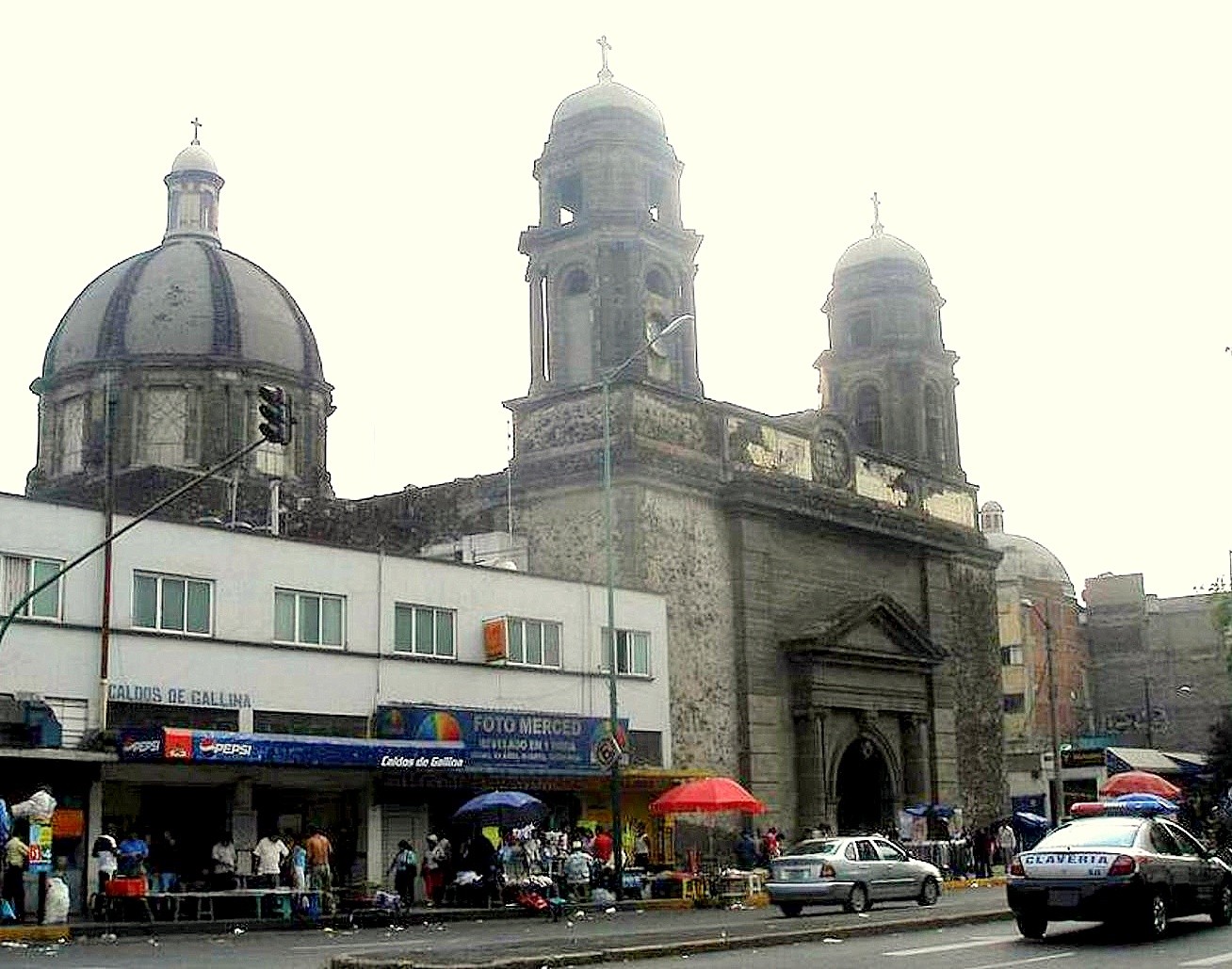

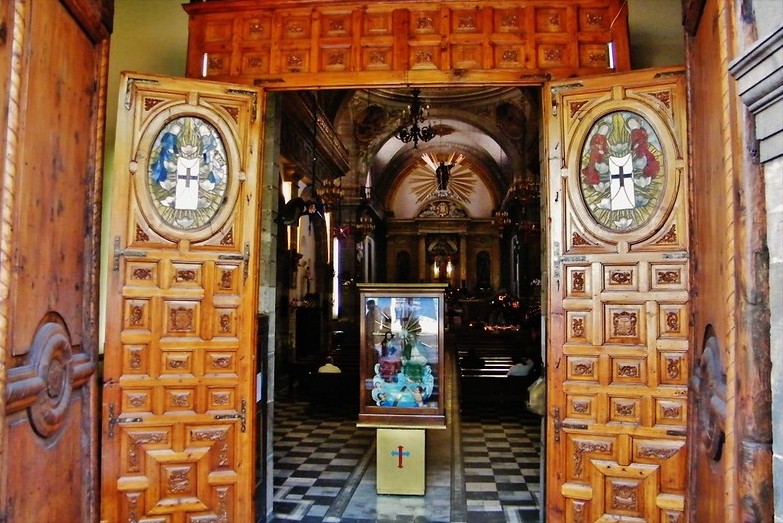
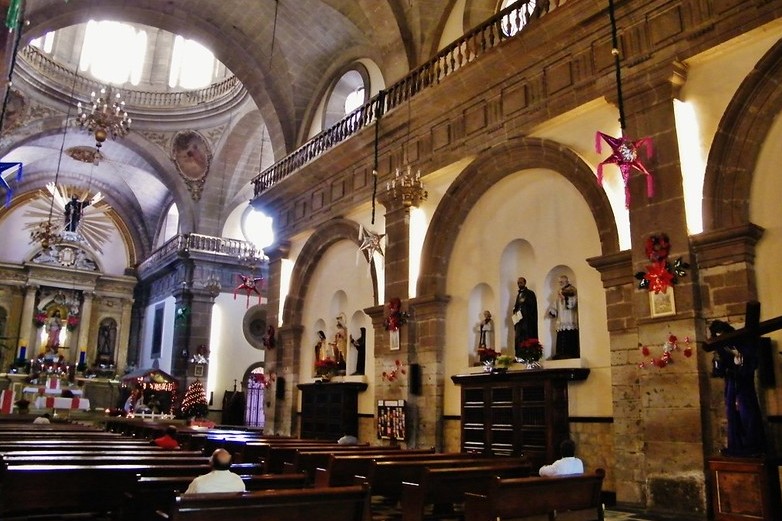
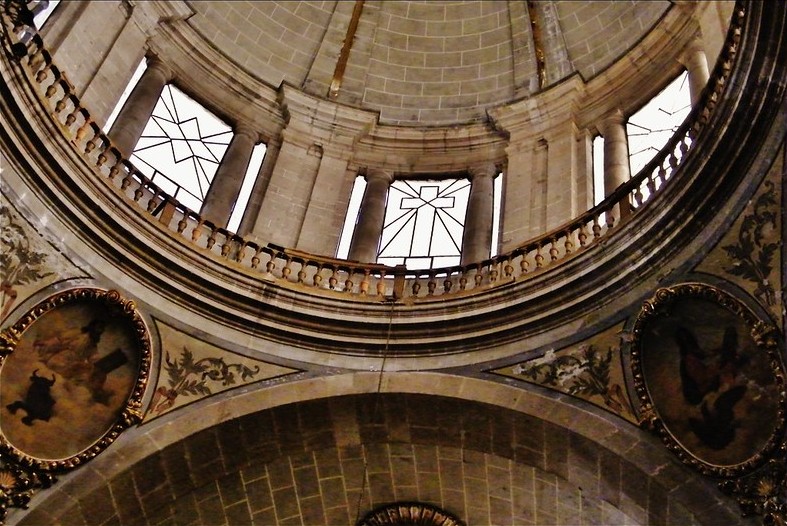
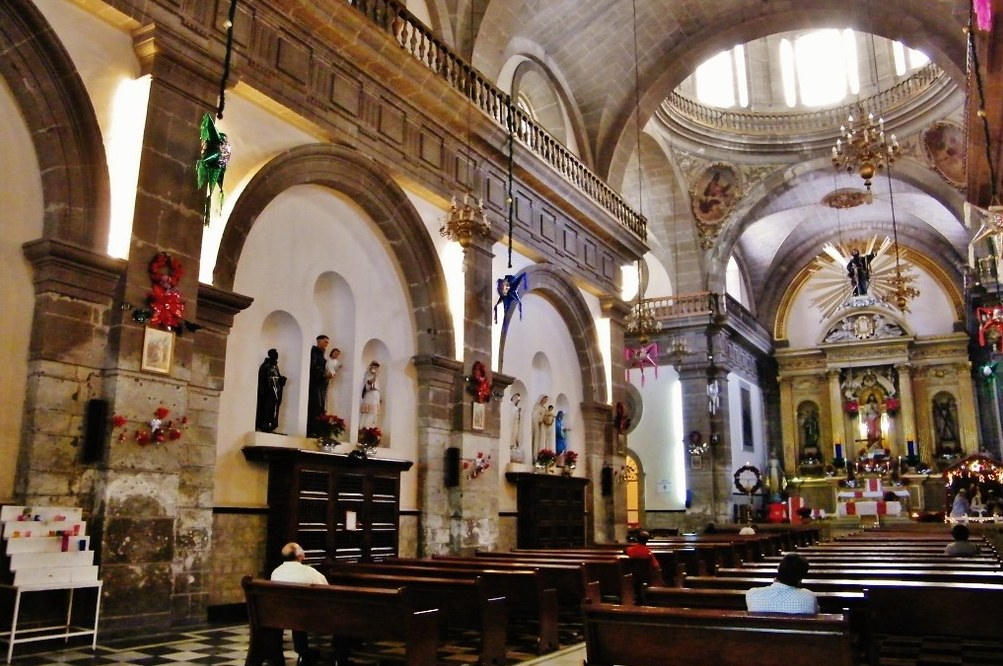
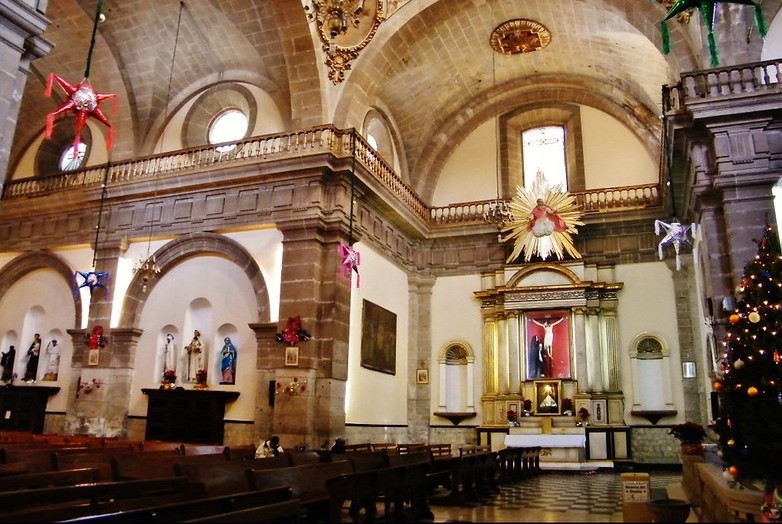
El Templo de San Pablo el Nuevo es un ejemplo notable del neoclasicismo de finales del siglo XVII que merece atención especial. Décadas antes de que el arquitecto Thomas Jefferson decidiera que los templos griegos y romanos atraerían a los agricultores yeoman a aceptar un nuevo código civil, la Corona española estaba imponiendo esos mismos antiguos templos paganos en la final de una contrarreforma ya en declive. El nuevo templo de San Pablo es un ejemplo sorprendente del estilo de la época.
El nuevo templo debía servir a la antigua parroquia de San Pablo Zoquipan, uno de los cuatro barrios en los que san Juan Tenochitlán se dividió inmediatamente después de que los españoles llegaron al poder. Los otros tres fueron Santa María Cuepopan, San Sebastián Atzacoalco y San Juan Moyotlan. Al igual que los otros tres barrios, San Pablo tenía una capilla más antigua que databa de la época de Hernán Cortés.
Aquella antigua capilla, tras muchos años de disputas entre órdenes religiosas, pasó a formar parte del Colegio Agustino de San Pablo. El Templo de San Pablo el Viejo, el Antiguo Templo de San Pablo, y unas pocas partes del Colegio se encuentran hoy dentro del complejo médico del Hospital Juárez en la misma calle. La antigua iglesia es sólo perceptible por la profusión de árboles que crecen desde el antiguo atrio. El Colegio, parcialmente convertido en hospital durante la invasión estadounidense de 1847, cedió sus instalaciones definitivamente al hospital en 1860.
El templo de San Pablo el Nuevo se construiría en la antigua Plazuela del Copado, al este del Colegio. Ese terreno fue donado por el Ayuntamiento en 1786. El arquitecto fue José Antonio González Velázquez. La construcción comenzó en 1789, se estancó, y se retomó después de 1791 bajo la dirección de los arquitectos González Velázquez y Ortíz de Castro. El costo se disparó de hasta el extremo que hubo que organizar una lotería especial para recaudar fondos. Finalmente, abrió sus puertas en marzo de 1799.
El espectacular templo tiene una planta de cruz latina con una cúpula sobre el crucero. La bóveda de cañón utiliza fajón, y por lo tanto, arcos visibles. El neoclasicismo del retablo quizá no sea muy actual, pero igualmente debes echar un vistazo al interior, ya que los mosaicos del friso exterior son solo parcialmente visibles en la actualidad, obviamente deteriorados por el paso del tiempo y las inclemencias urbanas.
Fotos: Catedrales e Iglesias/Cathedrals and Churches, Attribution 2.0 Generic (CC BY 2.0)
 +525555422173
+525555422173
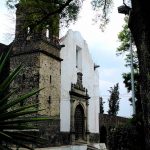
Cercano a 0.12 kms.

Cercano a 0.16 kms.
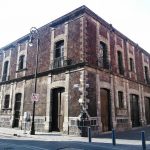
Cercano a 0.29 kms.
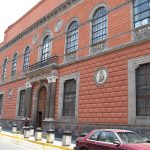
La primera Academia y Museo de Bellas Artes de las Américas.

Una plaza legendaria en el Barrio Merced...

Uno de los centros culturales de mayor relevancia histórica en el Centro Histórico...
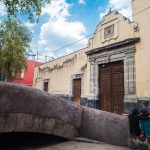
Un antiguo almacén de cereales a orillas del Canal Real.